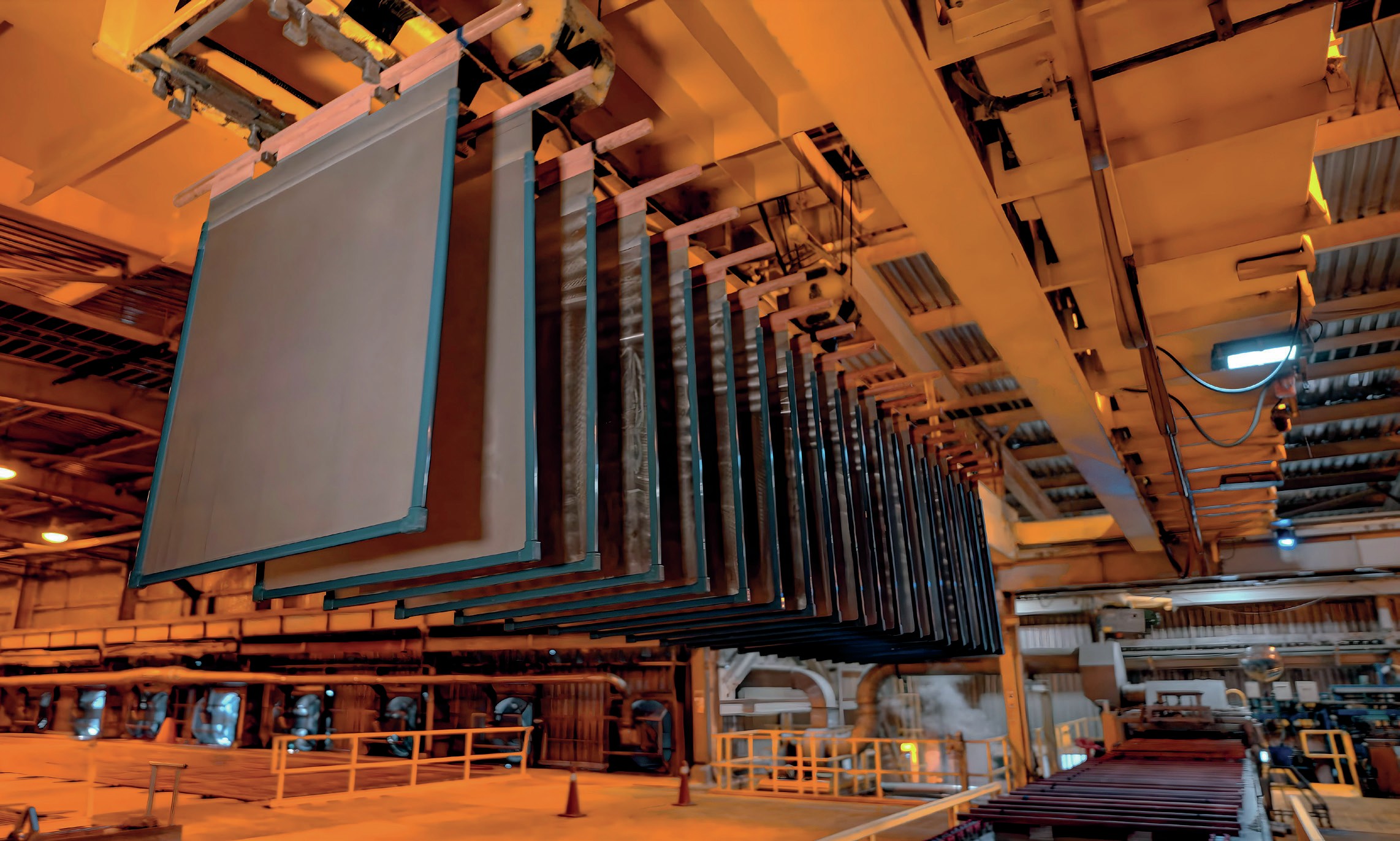Fertilizer International 528 Sep-Oct 2025

15 September 2025
Beaumont NH3 project 95% complete
Beaumont NH3 project 95% complete
The ammonia train at the under-construction Beaumont ammonia project in Texas is now 95% complete, according to owner Woodside.
The 1.1 million t/a capacity ammonia project is targeting first production of standard ‘grey’ ammonia in late 2025. The company will then shift to lower-carbon ammonia production in the second half of 2026 once carbon capture and storage (CCS) operations commence. The project is positioning Woodside as an early mover in the lower-carbon ammonia market.
Woodside’s latest half yearly report revealed that construction on the ‘Train 1’ ammonia production line, which continues to be managed by former owner OCI, was 95% complete at the end of June 2025.
Completion of the Beaumont project, together with the payment by Woodside of the remaining 20% of the purchase price to OCI, is expected in 2026.
Project landmarks achieved during the first six month of 2025 include completion of the electrical substation and storage tank construction. Pre-commissioning activities also commenced during January-June this year as construction neared completion.
Woodside says it is conducting marketing activities to support ammonia sales from the project.





